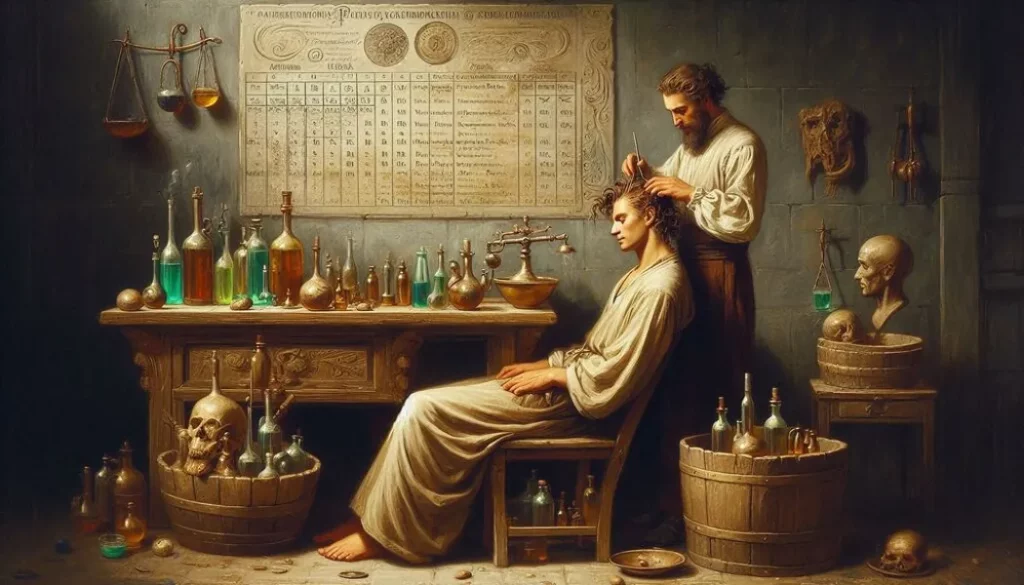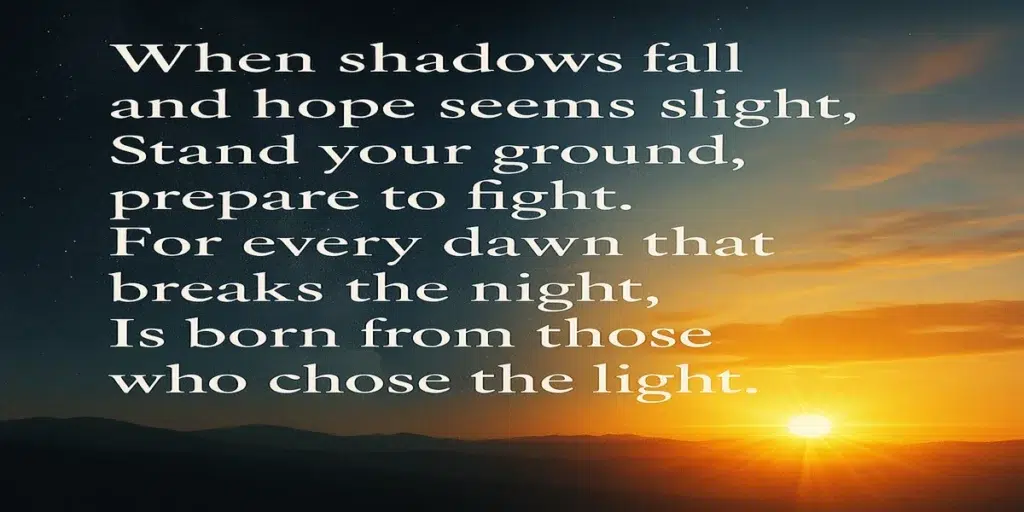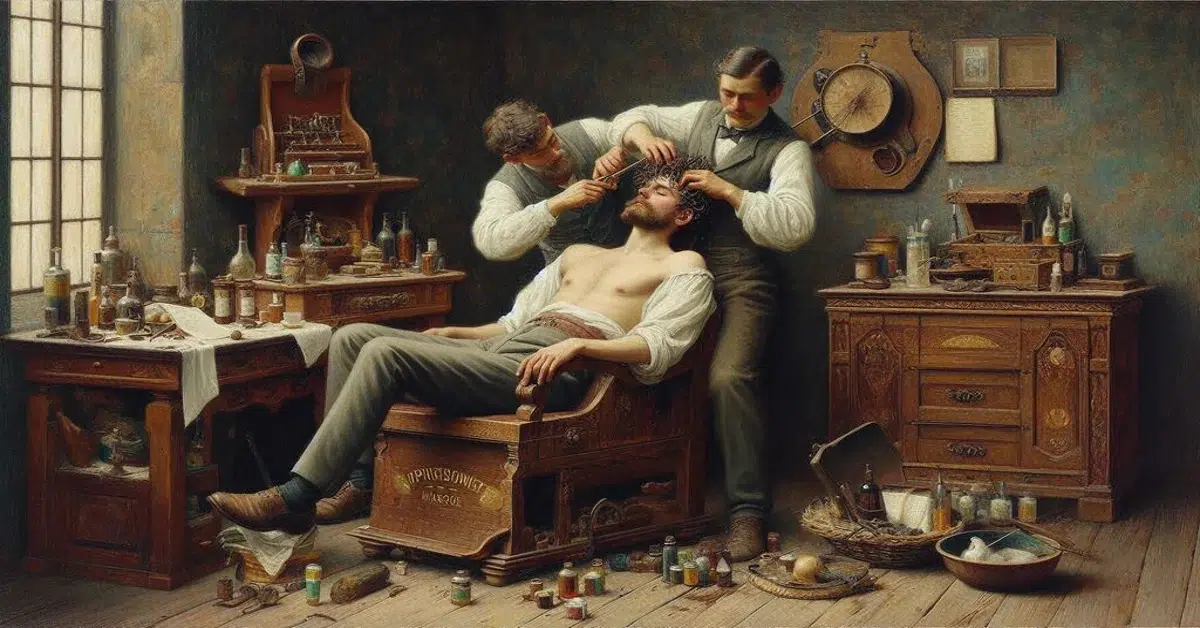Ever thought about giving your head a treat with a scalp massager? These nifty tools are doing more than you might think. At their core, scalp massagers work by ramping up blood circulation. When you use a scalp massager, you’re basically giving your follicles a wake-up call, inviting more blood to the scalp which is rich in nutrients and oxygen. This boost could be just the thing your hair needs to get growing.
Folks have long believed that gentle stimulation can kick hair follicles into gear. The rhythmic motions of a scalp massager get the blood flowing like no other, potentially helping new hair make its debut. But it’s not just about the hair! Many people find these little gadgets incredibly relaxing, which can take stress levels down a notch or two.

Scalp massagers come in all sorts of varieties , from simple manual ones that fit snugly in your hand to high-tech electric versions buzzing with features. They’re designed to be easy and convenient to use right at home. Think of it as a spa day for your scalp. Who wouldn’t want that?
But how exactly do you use one? Most guides suggest a few minutes a day can make a difference, though it doesn’t hurt to go longer if you’re really going for that zen feeling. And remember, it’s not just about growth. It’s about pampering yourself a little each day. That’s something I think we all deserve more of.
🔎 Scalp Massagers and Hair Growth: What Research Shows
Let’s dive into what science has to say about these hair-boosting claims. Researchers have been curious about whether scalp massagers really deliver on the promise of fostering hair growth. Some studies have made it their mission to unravel this mystery.
Turns out, there’s some interesting stuff out there. A 2016 study published in the “Eplasty” journal showed participants performed consistent scalp massages and experienced an increase in hair thickness. It’s worth noting, though, that these results vary from person to person, and not all studies paint the same rosy picture.

Science often grapples with anecdotal evidence—that’s when stories from massager fans meet the clinical world. Many have sworn by improving hair volume and aiding hair health, even if concrete science hasn’t fully caught up yet.
It’s clear the scalp massage technique tickles the imagination of scientists and hair enthusiasts alike. But always keep a grain of skepticism handy. Evidence isn’t absolute yet, but if it makes you feel relaxed and hopeful, why not give it a shot? Just remember, other factors like diet and overall health play big roles too.
In a nutshell, while some promising studies support scalp massagers, it’s not a one-size-fits-all solution. Mixing massage with other good hair habits might just edge you closer to those luscious locks.
🌀 Key Benefits of Scalp Massagers for Hair Growth
Scalp massagers bring a whole buffet of benefits to the table. First up, they’re amazing for getting your blood pumping. This increased circulation can ensure your scalp gets a nice delivery of nutrients, which is an important factor for vibrant hair growth.
But these massagers aren’t just about the blood flow. They do wonder for stress relief, which is a biggie in the hair health world. Lower stress levels can help keep hair from behaving badly – think less shedding and breakage.

Then there’s the sebum situation. If your scalp plays host to excess oil, a gentle massage can help manage this, letting your scalp breathe freely. Clean and clear hair follicles mean it’s ready to host healthy hair!
Healthy scalp conditions are supported by keeping everything balanced up there, and massagers can play a role in that. Add a relaxed state of mind to the mix, and you’re on the right path.
All in all, whether it’s circulating those nutrients, managing stress, or keeping that scalp fresh, a scalp massager can be a lovely addition to your hair care routine. It’s not the be-all and end-all, but it’s definitely a worthy tool to consider.
💭 Addressing Hair Loss: Can Scalp Massagers Help?
When it comes to hair loss, there’s no one-size-fits-all explanation or solution. Scalp massagers can indeed be part of the toolkit, but let’s break it down a bit.
Not all hair loss is created equal. If you’re facing hereditary baldness, the options might be more limited as it’s primarily driven by genetics. However, if stress or poor circulation is the culprit, a scalp massager might be just the ally you need. By boosting circulation, it could help in cases where follicles aren’t getting their fair share of nutrients.
Methods of addressing hair loss related to stress can include creating a soothing self-care routine with scalp massages as a foundation. By easing stress, you’re indirectly supporting hair growth because stress hormones are known to interfere with the hair cycle.

Have realistic expectations, though. While anecdotal evidence sings praises of fuller hair from regular massaging sessions, keep in mind that individual experiences will vary.
If you’re keen to explore the potential benefits, think of combining scalp massagers with a holistic approach to hair care. It’s not the ultimate cure but could certainly play a useful role in managing certain types of hair loss.
🧴 How to Use the Right Scalp Massager Safely
Scalp massagers come in all shapes and sizes, each offering a bit of a different experience. Manual ones let you control the pressure and rhythm yourself, which can be pretty therapeutic if you’re into that personalized touch. Then there are the electric and vibrating versions – they do the work for you and can be super relaxing.
Ultrasonic scalp massagers might sound a bit futuristic, but they’re out there with claims of even deeper stimulation. Picking the right type comes down to personal preference and what feels best on your noggin. Maybe try a couple and see what you vibe with.

Now, onto the technique. Massage gently and focus on covering the whole scalp. A few minutes daily can do wonders, though giving yourself 10-15 minutes can really maximize relaxation benefits. Keep it regular, but not aggressive – you don’t want to irritate your scalp.
Safety matters, especially if you’ve got a sensitive scalp or any skin conditions. Always listen to your skin and hair; if it doesn’t feel good, ease up on the intensity or duration. The goal is to help, not harm.
For those looking for optimal results, consider mixing scalp massages with other treatments. Laser therapy is worth a look, known for its harmlessness and effectiveness. Pairing your massages with stress management techniques can also do wonders. And don’t forget about lotions or treatments like minoxidil if hair loss is a major concern.
As with most things, patience is key; you might need to massage your scalp regularly for weeks or even months before any changes show. But hey, taking time for yourself is never a waste, right? Keep going, and you might just find your hair and scalp thanking you for the love.
Stay with us — the best is yet to come.
By following our advice, you’re doing the most you can for your hair.
Be the first to know when we publish new guides, tests, and proven strategies for stronger, healthier hair.
👉 Visit the About Me page to learn more about my journey, mission, and why helping people with hair health is so personal to me.
Want healthier, stronger hair? Discover 8 science-backed habits that protect your scalp and boost natural growth. Get your free PDF guide today!
Disclaimer: This article is for informational purposes only and is not a substitute for professional medical advice. Sensitive claims are supported with scientific references, and full product details can always be found on the official websites of the respective manufacturers or distributors.
Some links in this article are affiliate links. If you choose to make a purchase through them, I may earn a small commission at no extra cost to you — helping me keep HairGrowGenius running. Thank you for your support!

✅ FAQ – Are Scalp Massagers Effective for Hair Growth?
❓ How often should you use a scalp massager for hair growth?
Most experts recommend using a scalp massager 3–4 times per week for about 5–10 minutes per session. Consistency is key—overuse won’t speed up results, but regular gentle stimulation can improve blood flow and follicle activity over time.
❓ Do scalp massagers actually help with DHT-related hair loss?
They don’t block DHT directly, but they can improve circulation and help reduce tension in the scalp—factors that support healthier follicles. When combined with DHT-blocking products, massagers may enhance their absorption and effectiveness.
❓ Is it better to use a scalp massager on dry hair or during shampooing?
Both methods can be effective. Dry massage is great for stimulating blood flow and relaxing the scalp, while wet massage during shampooing helps lift buildup and exfoliate. Just avoid using too much pressure during wet use to prevent breakage.
❓ Can scalp massagers cause hair breakage or damage if used incorrectly?
Yes—if used with excessive force, tangled hair, or sharp bristles, massagers can cause breakage. Always use gentle, circular motions, and choose a tool with soft silicone bristles designed for the scalp—not stiff plastic ones meant for styling.
Last updated: June 2025 based on latest research


Leave a Reply